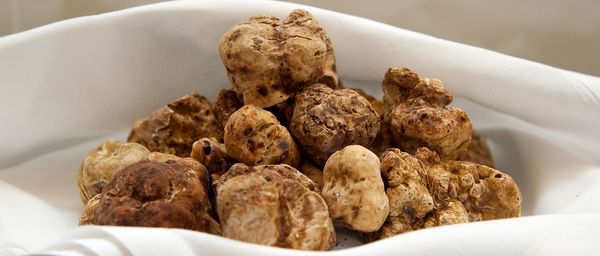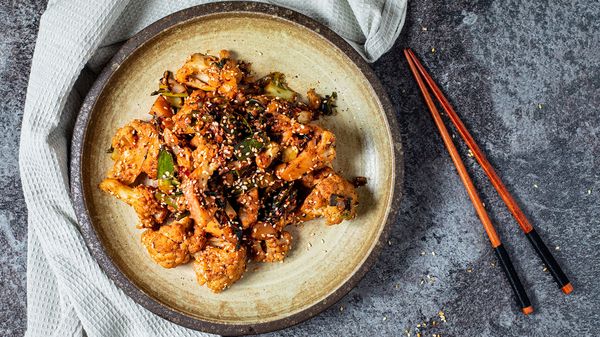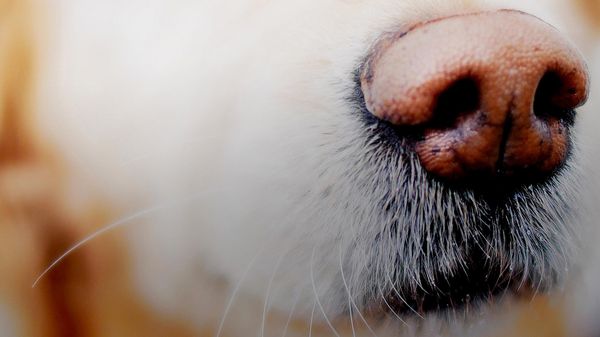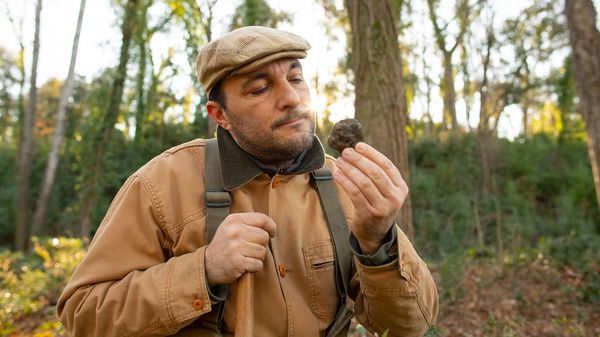
Where do truffles come from – and why are they so valued?
Truffles have been a coveted delicacy for a millennium. Considered an aphrodisiac, they were highly valued in ancient Greece and Rome. In Europe, the French popularized truffles during the eighteenth century. The most well-known and best-loved black (Périgord) and white (Alba) truffles are found primarily in Italy, France, Croatia, and Spain. However, gourmet mushrooms can be found all around the world – even as far afield as New Zealand and China. Their price varies depending on the type of truffle and the amount available. However, the intensely flavoured white Alba truffles are the most valuable, costing up to €9,000 per kilogram.
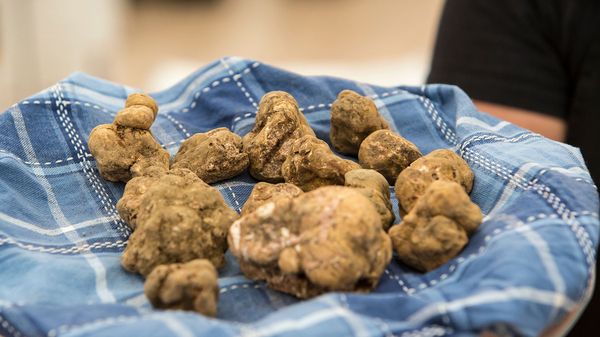
White Alba truffles
White truffles, also known as Alba truffles (tuber magnatum pico) germinate and grow in Tuscany, Istria, Umbria, and Piedmont. They usually flourish in a symbiotic relationship with oak, willow, lime, and poplar trees but can also be found around hornbeam and hazelnut trees. Their colour varies from cream to ochre, with a light interior (or gleba) threaded with white veins. These truffles are particularly aromatic and are reminiscent of the scent of Parmesan cheese. They are always only consumed raw.
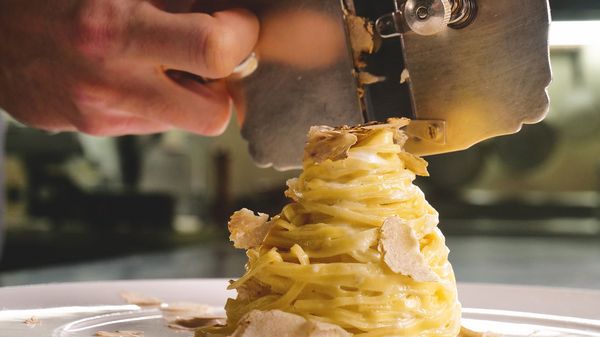
Bianchetto or Marzuolo truffles
Bianchetto or Marzuolo truffles (tuber borchii vittadini) are found throughout Italy. When the truffles are ripe, they darken both inside and out. This, along with their flavour, distinguishes them from the Alba truffle. Younger Marzuolo truffles have a delicate aroma but can also develop a strong garlic-like flavour. These truffles prefer alkaline soil and are found among the roots of oak, hornbeam, poplar, and willow trees. They are also found near hazelnut trees and under coniferous trees such as larches, cedars, firs, and some pine species.
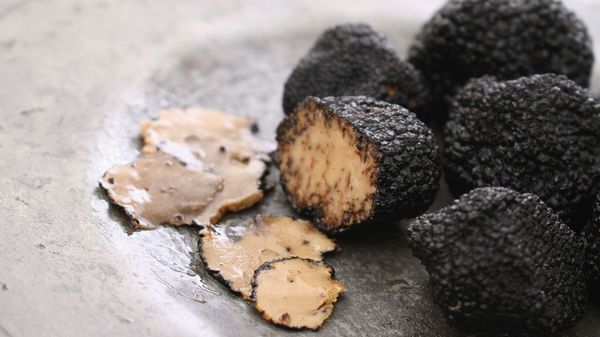
Périgord truffles
Périgord truffles (tuber melanosporum vittadini) are widespread throughout Italy, Spain, and France. Their surface is brown-black with shades of rusty red. The interior of the truffle is threaded with thin, bright veins. Périgord truffles have an intense but pleasantly aromatic fruity scent. They grow alongside oak, lime, hazelnut, hornbeam trees, and rockrose plants. After the white Alba truffles, Périgord truffles are the most sought-after variety. They are gathered between December and mid-March.
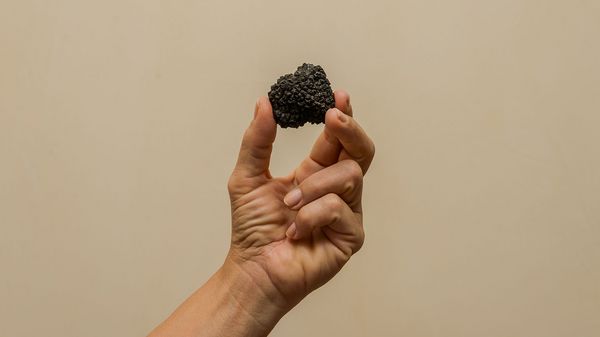
Scorzone or summer truffles
Scorzone or summer truffles (tuber aestivum vittadini) are similar to Périgord truffles. They are distinguished by the dark yellow colour of their interior. They have a delicate scent, a heavily crusted surface, and can grow to a remarkable size. They grow in loamy and sandy soils at an altitude of up to 1000 metres above sea level. Depending on altitude, they may be found in symbiosis with oak, downy oak, hornbeam, beech, poplar trees, as well as hazelnut bushes, conifers, and pines.

Black winter truffles
Black winter truffles (tuber brumale vittadini) are easily confused with Périgord truffles. Their surface is brown-black, while the gleba is dark and marbled with white veins. It has a rich scent with notes of mustiness. The nutmeg variety is reminiscent of the spice it is named after. They are found near trees such as downy oaks, stone oaks, beeches, black pines, larches, and hornbeams, as well as near hazelnut bushes. However, their price is half that of the coveted Périgord truffles.
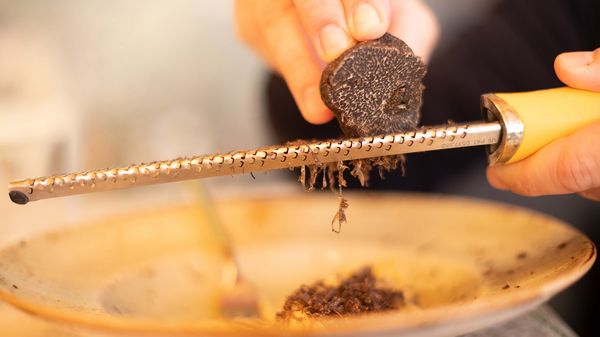
Best practice: How to store truffles
Black truffles remain fresher for longer than white truffles and can be stored for up to ten days without decreasing in quality. By contrast, white truffles should be consumed soon after being gathered to avoid the loss of too much weight and flavour. It is best to store truffles in the fridge, wrapped in a paper towel and sealed in an airtight container. The paper towel should be changed daily, and the temperature kept at 0 degrees Celsius. Fresh truffles can even be frozen. However, some loss of mass and flavour is unavoidable during this process.
